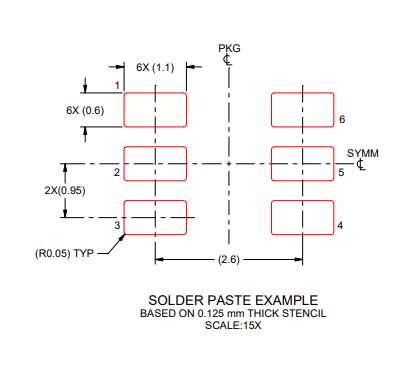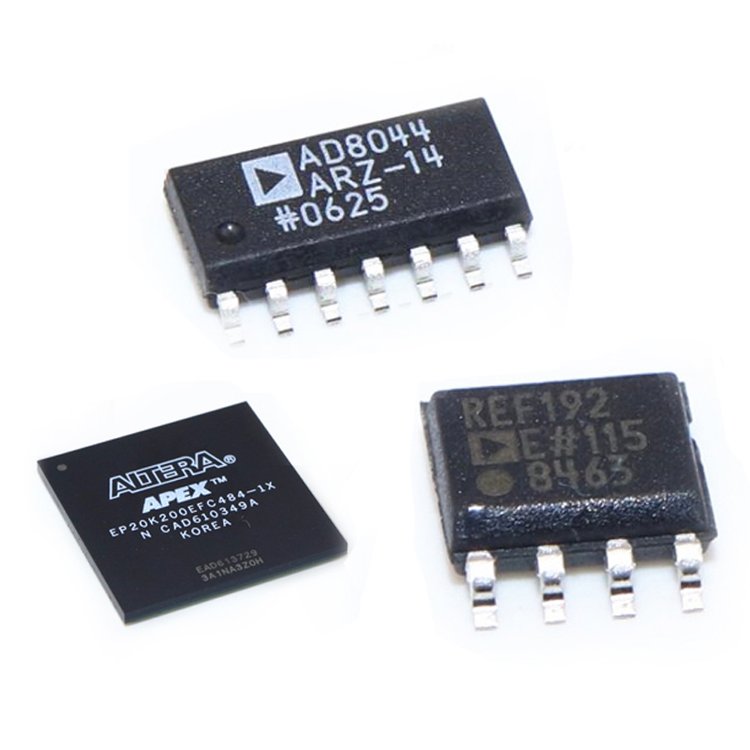
Overview
The LMV76x family of precision comparators is available in a variety of packages and is ideal for portable and battery-operated electronics. To minimize external components, the LMV76x family features a push-pull output stage where the output levels are power-supply determined. In addition, the LMV761 (single) features an active-low shutdown pin that can be used to disable the device and reduce the supply current.

Basic Comparator
A basic comparator circuit is used to convert analog input signals to digital output signals. The comparator compares an input voltage (VIN) at the noninverting input to the reference voltage (VREF) at the inverting pin. If VIN is less than VREF the output (VO) is low (VOL). However, if VIN is greater than VREF, the output voltage (VO) is high (VOH).
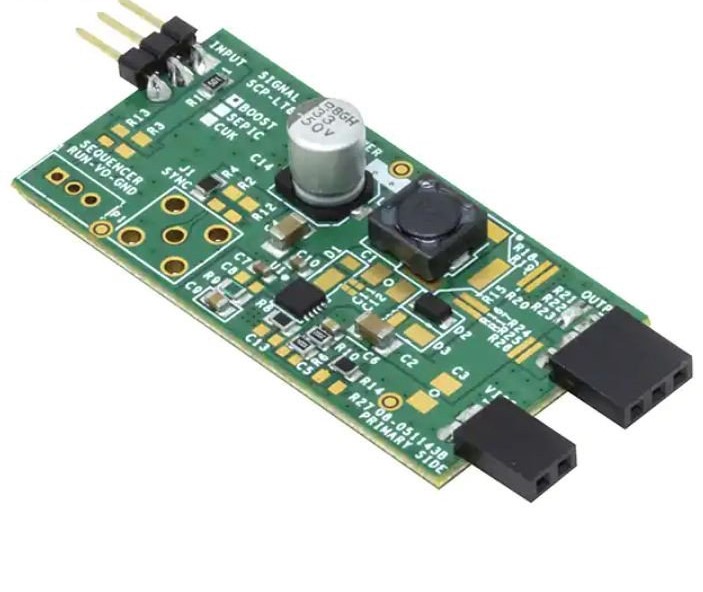
Hysteresis
The basic comparator configuration may oscillate or produce a noisy output if the applied differential input is near the input offset voltage of the comparator, which tends to occur when the voltage on one input is equal or very close to the other input voltage. Adding hysteresis can prevent this problem. Hysteresis creates two switching thresholds (one for the rising input voltage and the other for the falling input voltage). Hysteresis is the voltage difference between the two switching thresholds. When both inputs are nearly equal, hysteresis causes one input to effectively move quickly past the other. Thus, moving the input out of the region in which oscillation may occur.
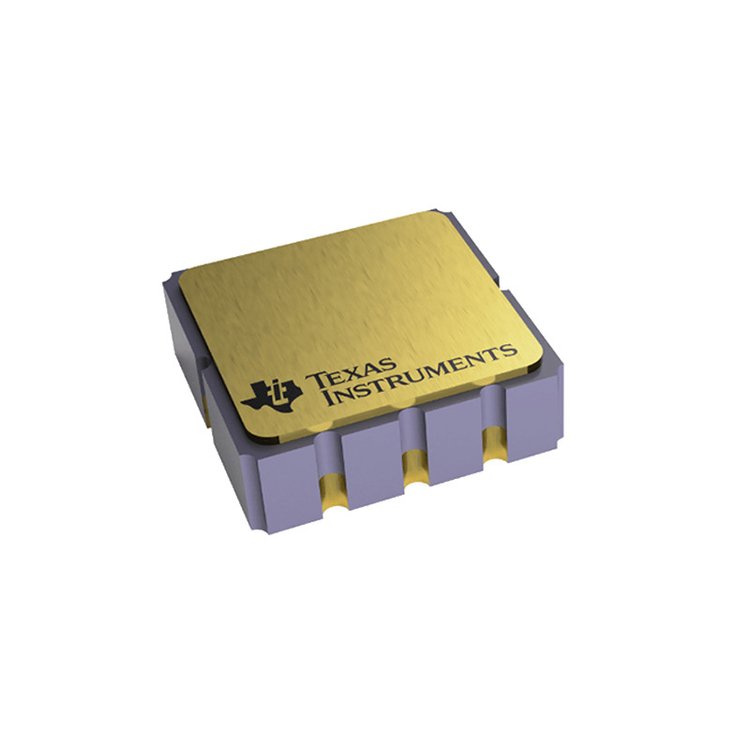
Input
The LMV76x devices have near-zero input bias current, which allows very high resistance circuits to be used without any concern for matching input resistances. This near-zero input bias also allows the use of very small capacitors in R-C type timing circuits. This reduces the cost of the capacitors and amount of board space used.
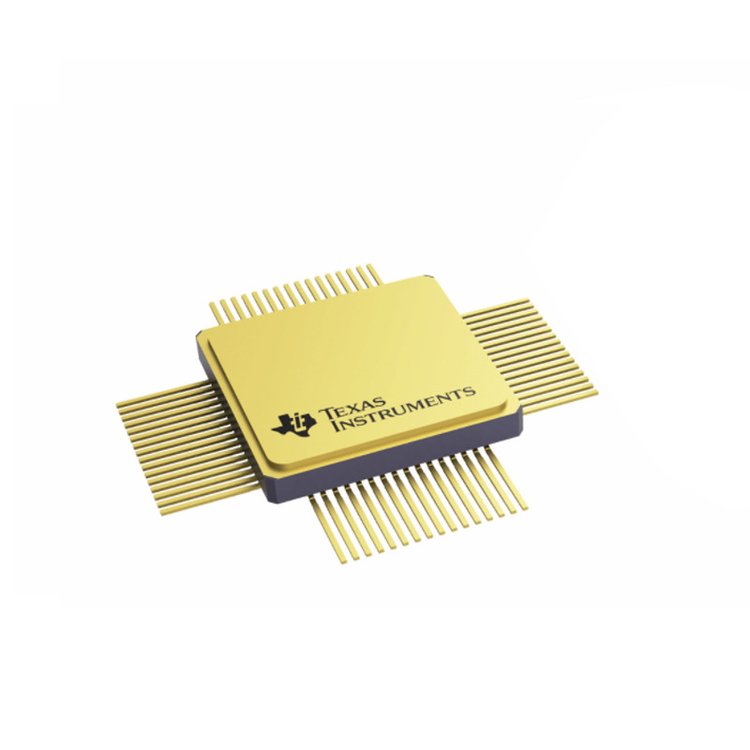
Shutdown Mode
The LMV761 features a low-power shutdown pin that is activated by driving SD low. In shutdown mode, the output is in a high-impedance state, supply current is reduced to 20 nA and the comparator is disabled. Driving SD high will turn the comparator on. The SD pin must not be left unconnected due to the fact that it is a highimpedance input. When left unconnected, the output will be at an unknown voltage. Do not three-state the SD pin. The maximum input voltage for SD is 5.5 V referred to ground and is not limited by VCC. This allows the use of 5-V logic to drive SD while VCC operates at a lower voltage, such as 3 V. The logic threshold limits for SD are proportional to VCC.
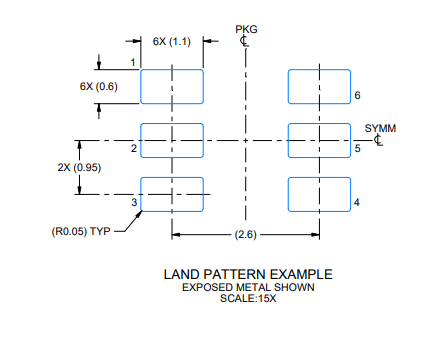
Application Information
The LMV76x are single-supply comparators with 120 ns of propagation delay and 300 µA of supply current.
Typical Application A typical application for a LMV76x comparator is a programmable square-wave oscillator.
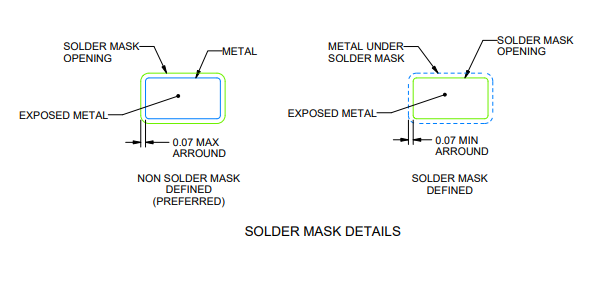
Power Supply Recommendations
To minimize supply noise, power supplies must be decoupled by a 0.1-μF ceramic capacitor in parallel with a 10-μF capacitor. Due to the nanosecond edges on the output transition, peak supply currents will be drawn during output transitions. Peak current depends on the capacitive loading on the output. The output transition can cause transients on poorly bypassed power supplies. These transients can cause a poorly bypassed power supply to ring due to trace inductance and low self-resonance frequency of high ESR bypass capacitors. Treat the LMV6x as a high-speed device. Keep the ground paths short and place small (low-ESR ceramic) bypass capacitors directly between the V + and V – pins. Output capacitive loading and output toggle rate will cause the average supply current to rise over the quiescent current.
